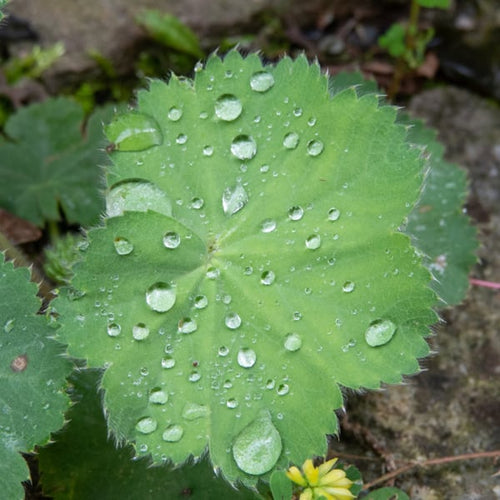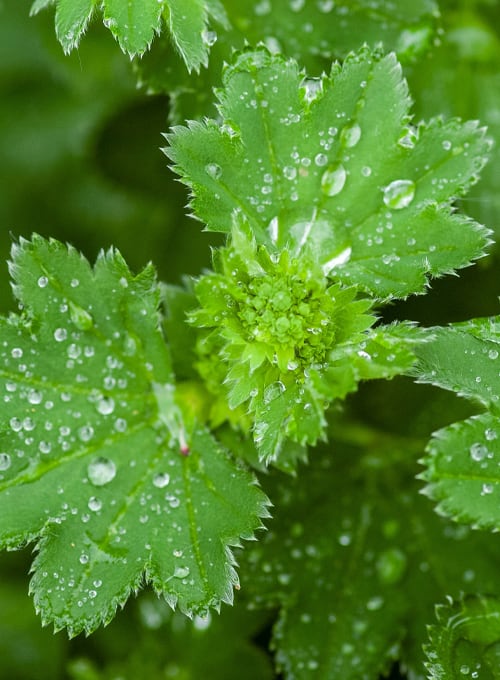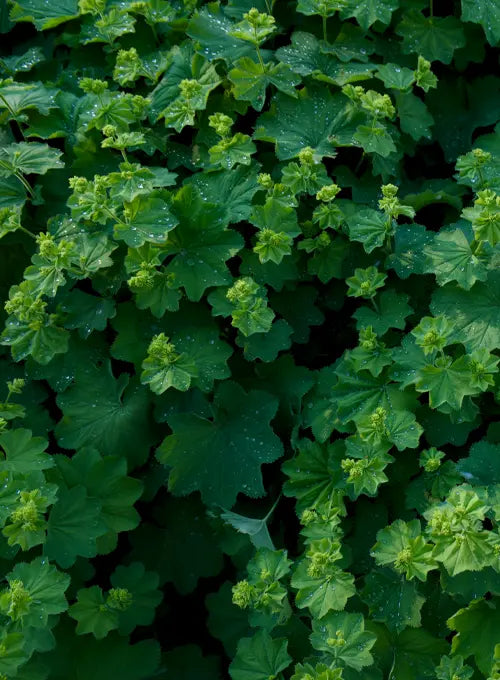Everything You Need to Know About
Lady’s mantle (Alchemilla vulgaris)
Botanical family: Rosaceae
Parts used: Stems, Leaves



Key Body Systems Lady’s mantle (Alchemilla vulgaris) relates to

Endocrine and or Reproductive System

Digestive System
Energetics
Cooling
Drying
Key actions

Key uses
Where to Find Lady’s mantle (Alchemilla vulgaris)





